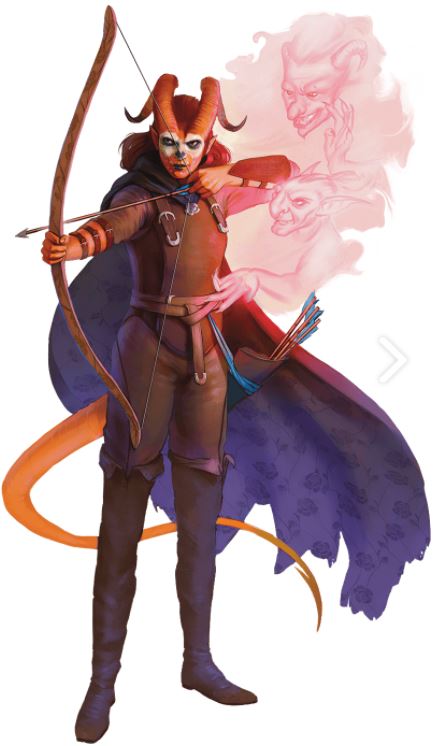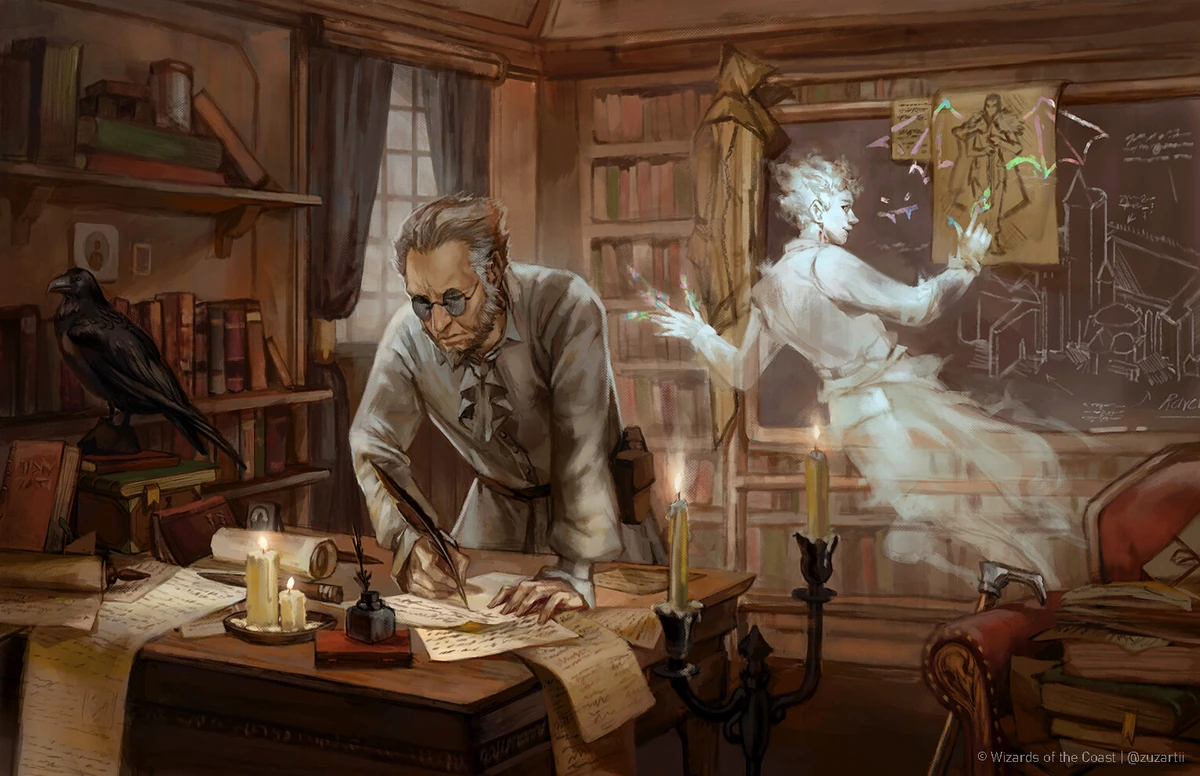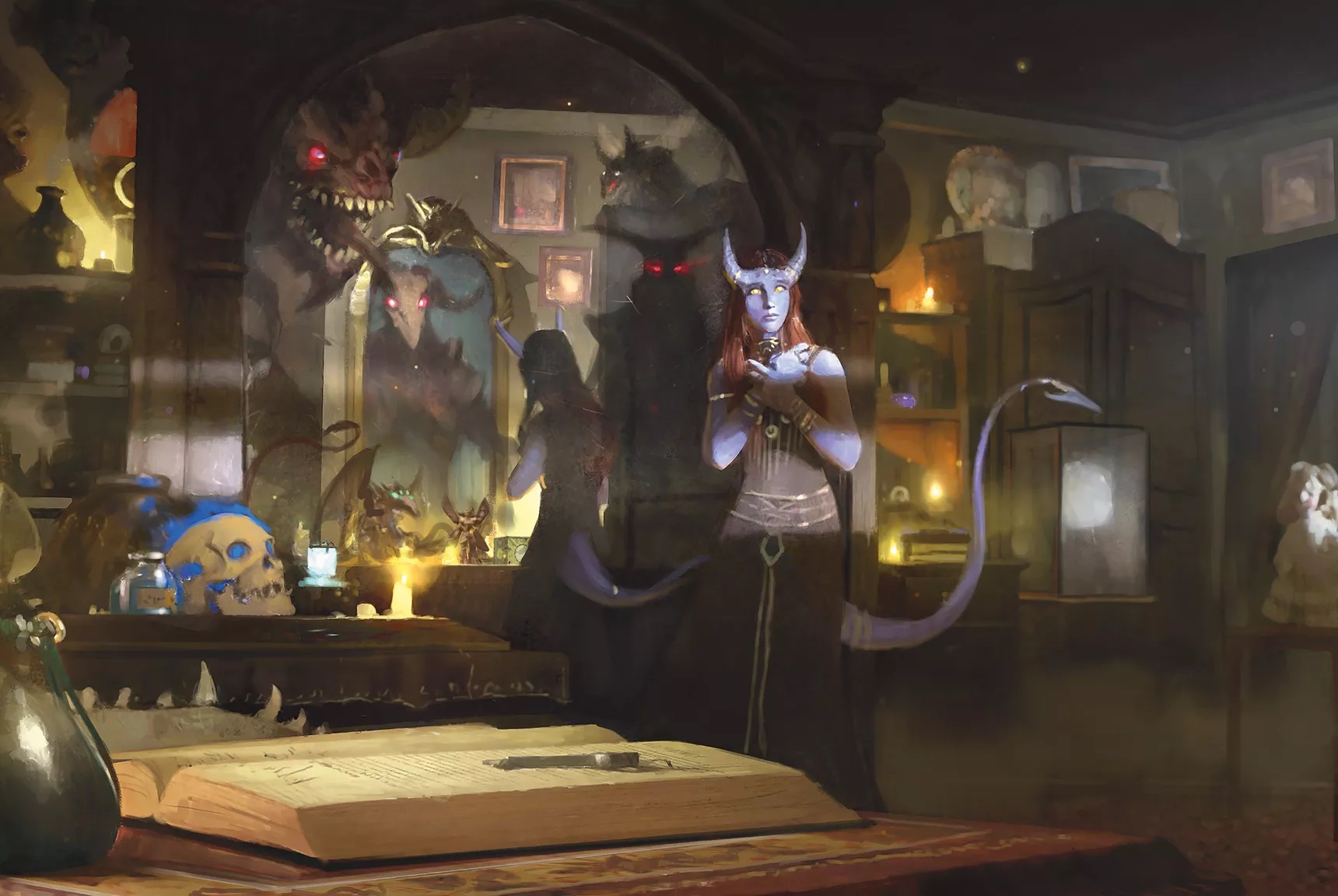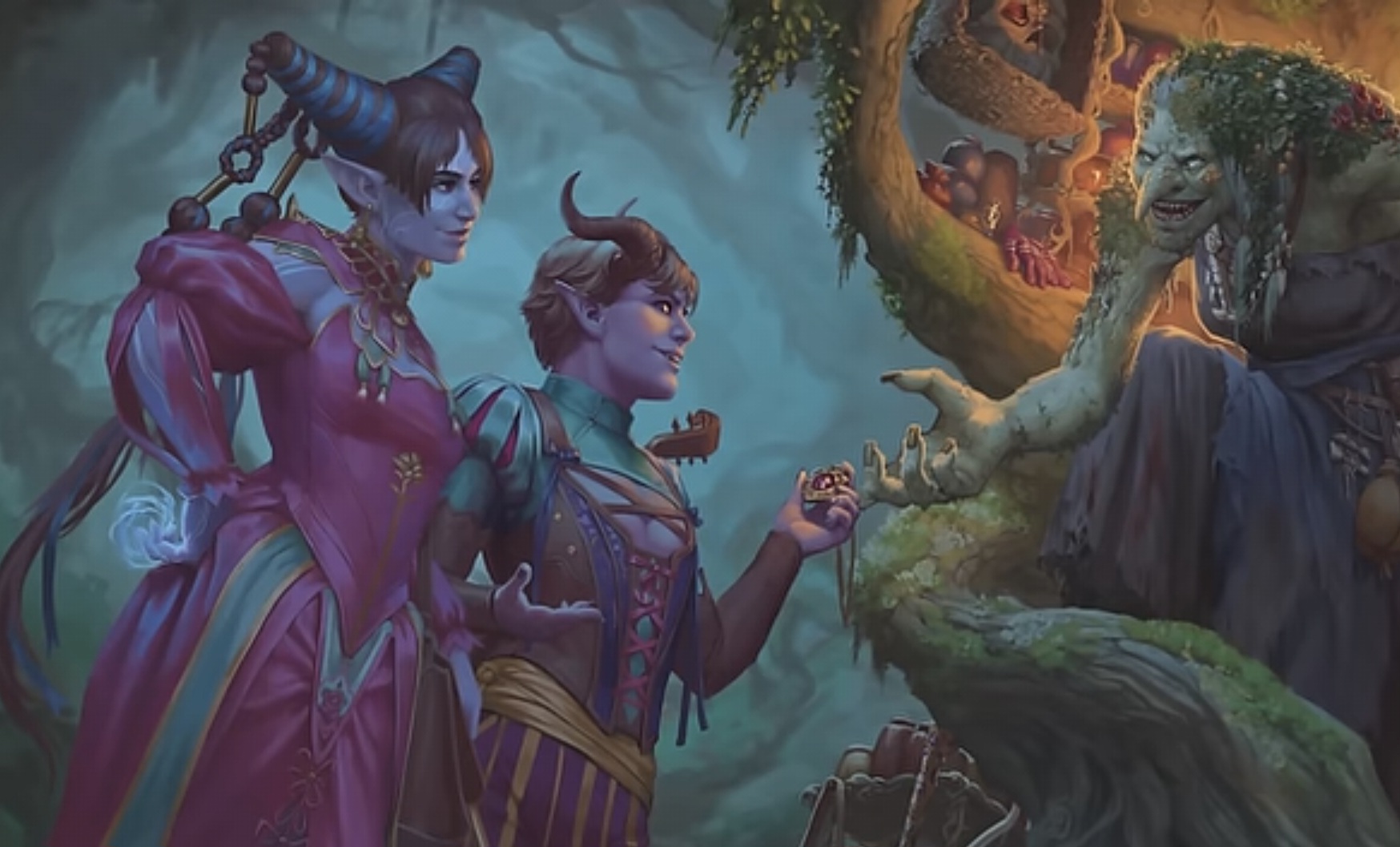The Phantom Rogue subclass was always a little spooky, and in the Horror Subclasses Unearthed Arcana, it’s gotten eerier.
Towards the end of vanilla 5E, the Phantom Rogue was one of the more potentially powerful subclasses out there. This came down to a few things, but most prominent of all, the ability to deal sneak attack damage to more than one creature at a time. With the right setup, this subclass could hew through enemies. And now, with the Horror Subclasses Unearthed Arcana out, the Phantom Rogue is even spookier.
Of course, this may not be the final version. But there are some heartening changes going on here that make a soul-harvesting Rogue a frightening possibility.
The Phantom Rogue: Bringing Darkness to the Shadows
One of the things you have to understand about the potential of the Phantom Rogue is that there’s a big tendency to focus on how much damage a character can do to a single target that often leads to other things being discounted. And from a purely numbers point of view, this comes about from the “action economy.” Where fewer enemies across fewer turns means PCs win. It’s one of the optimal strategies.
And given enough rope, humans will optimize the fun out of everything. That’s just how it goes. And in the pursuit of that optimization, we often ignore things that can come up in actual play. Case in point, the Phantom Rogue, in 5E, was actually capable of dealing a surprising amount of damage—just not to one target at a time. But when used correctly, could output enough damage to overcome the perceived weakness of spreading the love around. Especially since they do that as a matter of course.
I mention all of this, because if you’re the kind of person who spends a lot of time engaging with the “lonely fun” of D&D—that is, reading through the books, planning characters, looking at forums, etc.; you might be convinced that there’s no point to doing something if there’s a mechanically better option. And while that might be true in a video game. Arguably. In a game of D&D, there’s flexibility enough to play anything.
Even in 5E, when the Monk didn’t feel great, people still played the Monk. And the Phantom Rogue is a cool archetype. You play a Rogue who walks along the veil between life and death. You wield deathly energy to surprising effects. And get plenty of benefits as a result. Let’s take a look.
Phantom Rogue: Now With More Phantom
So how does it all work? What exactly does it mean to “infuse your strikes with deathly energy” or embrace a “mystical connection to death itself”? Well, for starters, it means you get to do some of your Sneak Attack damage to another target. As is outlined in the main feature of this subclass, Wails from the Grave.
When you deliver Sneak Attack damage to a creature on your turn, Wails from the Grave lets you deal extra damage to a second creature within 30 feet of the first creature (critically, not within 30 feet of you, so you can hit the backline with this ability). How much damage? Half of your Sneak Attack dice, round up. Not half the number you rolled, but half of the total dice. At 3rd level, when you gain this feature, that means an extra 1d6.
You can only use Wails from the Grave a limited number of times per Long Rest, which is where this class suffers—although the pain would be mitigated greatly if Rogues didn’t have the single worst subclass progression in all of D&D. I think the number one misstep for the Rogue design in 5.5E was reverting that—but more in a minute. For now, just know you get your Dexterity modifier uses of Wails from the Grave per long rest, which is more than Phantom Rogues used to get, and it scales up much faster.
The other feature Phantom Rogues get at Level 3 is Whispers of the Dead. This is a much more user-friendly floating proficiency. Every short or long rest, you can choose a skill or tool proficiency you don’t have and gain proficiency with it. You can swap proficiencies around to have whatever skills the party needs. Honestly, I don’t think Wails from the Grave refreshing on Short Rest would be so bad, then both features would feel pretty good.
A Long Road to Level 9
One of the reasons I mention Rogue subclass progression is because it just feels bad. They have to wait longer than any other class to get more subclass features. Most get something around level 3 and again at level 6. Some have to wait until level 7. Rogues have to wait until level 9. Level 9 is around the time most campaigns are starting to come to an end.
I know it’s not every campaign. I know that may not be the case for your game – but according to the numbers campaigns tend to end around the time characters start to get really, really powerful. Which for Phantom Rogues means you get maybe a couple of levels of enjoying your level 9 feature, Tokens of the Departed. This is the feature that finally makes it to where you don’t have to be stingy with your Wails from the Grave.
With Tokens of the Departed, you get a collection of Soul Trinkets, starting with 2 any time you finish a Long Rest. You can also gain a Soul Trinket any time a creature you can see within 30 feet of you dies. Note, you don’t have to be the one that kills it.
These Soul Trinkets give you several benefits. Though the main one is, you can spend a Soul Trinket to immediately use Wails from the Grave without using up one of your daily uses. So you effectively gain two more uses, and can keep the train rolling as long as you keep being near creatures that die. This works around the whole “3-5 per Long Rest” limit. Which is cool. Except you had to spend 6 levels waiting for this.
You can also spend a Soul Trinket to cast Augury, which is neat. And while you have at least one Soul Trinket in your possession, you have Advantage on death saves and Con saves. Also at 9th level you gain Voice of Death which lets you cast Speak with Dead for free.
Phantom Rogues at Higher Levels
At higher levels, Phantom Rogues gain even more deathly abilities. If your campaign goes long enough to reach them, you’ll really have fun. Starting at level 13, when you gain Ghost Walk. This lets you use a Bonus Action to become spectral – you gain a fly speed of 10 (not the best, but still useful), but more importantly you can move through occupied spaces and Attack rolls against you have Disadvantage.
At 17th level, Death’s Friend lets you double up on death. Wails from the Grave now deals extra damage to the creature you hit with Sneak Attack. Meaning at the highest levels, you’ll deal 15d6 Sneak Attack damage to whoever you hit, and 5d6 to a secondary target. And at this level, now you gain a Soul Trinket if you have none whenever you roll Initiative.
You can see how it all starts to fit together. Especially if you have the kind of Rogue who can reliably make Bonus Action attacks and can sneak attack off turn. The damage can really add up in key fights. More so when you layer in damage boosting tools like the True Strike cantrip which can really ratchet up how many d6s you’re rolling. But you have a long span of levels where you’re waiting for more ghost stuff.
Subscribe to our newsletter!
Get Tabletop, RPG & Pop Culture news delivered directly to your inbox.
Whatever you may feel about that, WotC wants to know what you think. Be sure and fill out the Unearthed Arcana survey—and check out the subclass below!
Skulking in the shadows has never been edgier!
Don’t Miss:
Read more at this site






